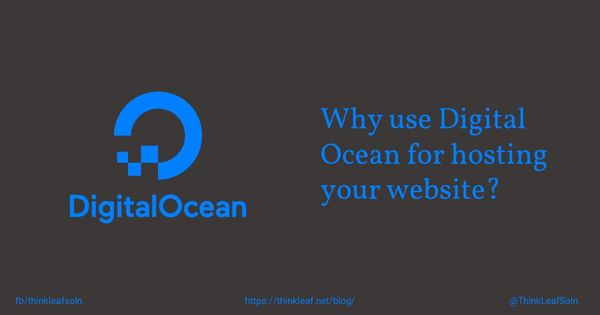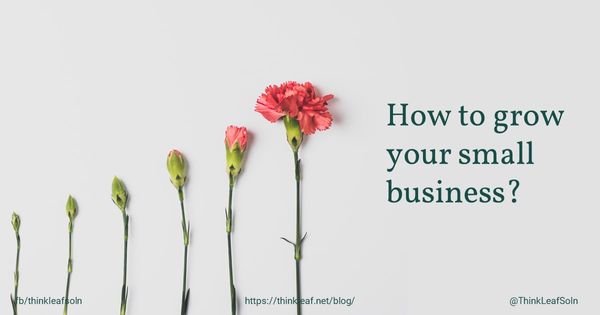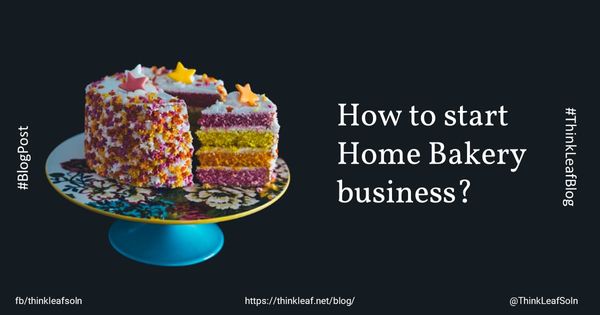The creator economy pegged at more than $100 Bn is growing every day. Passionate people who want to make a difference fuel it. People around the world are taking a dig at it. They want to fulfil their desire to bring a change to society.
Many people today want to stand out and make a name for themselves. They want to establish their voice. People are turning to creating and sharing content with people who would like it. The creator economy is giving such people an option to make the difference they want.
Today we will have a look at the creators' economy. We will look at what is making it large and what is driving it. The creator economy is the next big thing that might impact our lives.
What is the creator economy?
The creator economy is a term to identify the new breed of content creators that produce content to educate and entertain the audience and earn in the process. The creator economy is a level playing field to create content to earn money and status.
History of Creator Economy
The creator economy had taken birth in the early 90s itself. But it was not until after 2010 that it started to grow. In the early days, the content was limited, even its income. The creator economy evolved in the past decade. It has now become big enough to fuel a change.
More than a decade ago if somebody wanted to become a creator, the cost associated with it was enormous. There were a lot of obstacles - from buying the relevant tools to getting recognition. Reaching out to your audience was not easy. You needed to have the right contacts to reach out to your audience.
If you did not have the relevant resources and connect to people, you would not even be able to get in front of anyone. It was like getting a role in a Hollywood movie. But then things changed.
Many obstacles that people had earlier are now removed. We will discuss how the content creators flourished and the creators' economy boomed. We will also discuss how this economy will function in the coming years and decades.
Who is a creator in the creator economy?
In the creator economy, the creator is the person who makes the content. They are also known as a content creator. Content creators make content relevant to their audience.
Content creators focus on making relevant content on a specified subject. For example, a tech enthusiast will make content on different gadgets. The audience for this tech enthusiast will be gadget lovers who want more information.
Content creators select a specific niche or domain. They create content in this niche. You can select any niche you want and create content on it.
We have seen that people have created content in videos, blogs, podcasts, et cetera on topics of variety. The topics range from unboxing toys to reviews of high-end gadgets and cars.
Why do content creators create content?
Content creators are independent people. They are not working for anybody. They work on their own. Creating content is not like a job wherein you get paid at the end of the month.
Now the question arises - why do content creators create content? How are they motivated to do it?
Content creators are fuelled by a desire to create a name for themselves. Many content creators have already carved a niche for themselves. A content creator makes content to establish their brand.
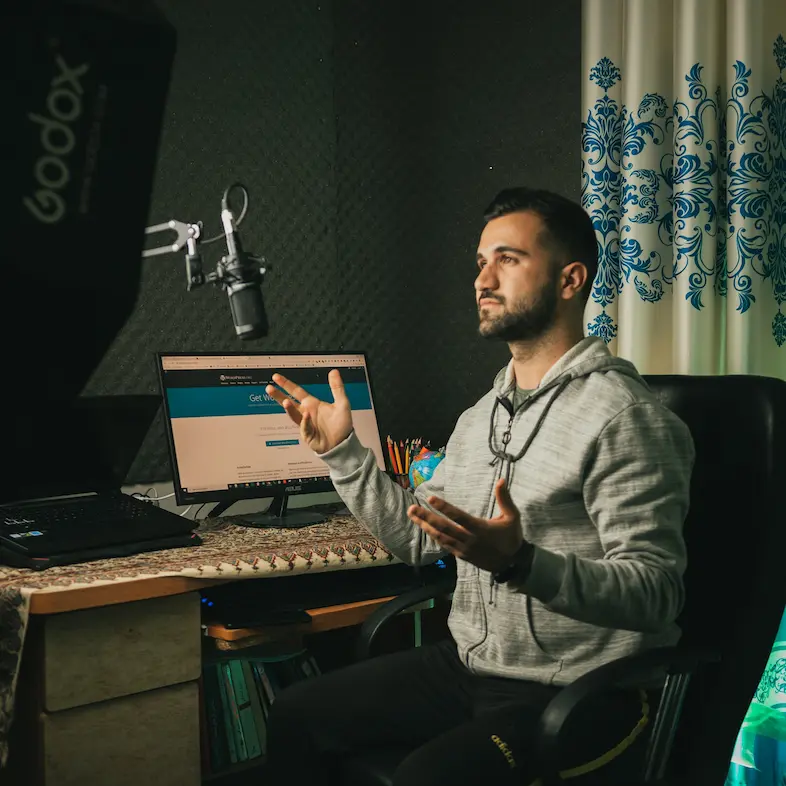
Content creators do not get paid when they create content. YouTubers, bloggers and podcasters create content to provide knowledge to their audience. Audience in a creator economy refers to the people who consume the content created. They are the people who help the creators grow. They even in a way finance the creator economy.
Creators know that they might not be able to earn from day one. But down the line, they can establish their brand. Their brand gives them the leverage to earn money. They can derive revenue from their audience. We will discuss this below.
How do creators earn money?
The creators earn from various streams of revenue. YouTubers earn from the ad revenue when people watch their videos. A blogger similarly receives money from the ads placed on the blog.
In the early days, affiliate marketing and ad revenue were the major income sources. But now the creator's economy is evolving and new revenue sources are coming in existence. Subscription models and sponsored content are more in vogue.
"We just keep writing bigger and bigger checks to the creators", says Robert Kyncl, YouTube's chief business officer
YouTube has said it paid $30 billion over the past 3 years to the people and companies that posted videos.
The rise of content creators
In the past decade or so we have seen the number of content creators rise. The creator economy has multiplied in the past decade at a very high pace. People are moving on the bandwagon in greater numbers than ever before.
Comparison of decades
In earlier years and decades, as we mentioned earlier becoming a content creator was not an easy job. From the 1970s till 2000, content creation was limited. It was limited to large publishing houses and broadcasting networks.
If you as a person or an individual wanted to create content you would be unable to do so. If you had an idea or a project about content creation, then approaching reputed organisations and broadcasting networks was the best choice. Even if you could create the content videos, getting it in front of your audience was another task.
Content creation was one big hassle. The next step was also not easy. To have your content aired on television networks was also cumbersome. You had to approach the relevant people and convince them to air your content on their networks. This would even take months and years.
Thus, the creation of content and putting it in front of your audience was a tremendous task. After the year 2000, many tools were invented. With the boom of the internet and broadband, new avenues started to appear. Tools made for videographers, and bloggers came into existence.

How did content creation become easier?
With the boom of the internet and the creation of new tools, creating content started to become easy. Companies formed around these tools. These tools fuelled the creation of content.
At the start of 2010, more powerful machines were made. Laptops and cell phones were becoming more powerful. They were selling in large numbers. At one time, the sale of laptops overtook the sale of desktop PCs. With powerful machines at their disposal and tools available to make content, content creators had a new way to create content.
Content creators started to create content in the form of videos and text. They started to host them on their websites or popular media platforms such as YouTube and Vimeo. Social media gave them a boost.
Let us take a look at the reasons why content creation became easier:
1. The Proliferation of Social Media
The launch of social media platforms also led to a rise in content creators. Social media platforms blossomed in numbers during the 2010s. This allowed content creators to share their content around the globe.
The growth of social media was also in turn fuelled by content creators. The consumers of content would scan social media platforms for new content. When somebody would like the content, they would start following the content creator. Thus social media helped the creators to gain a global audience.
In turn, the work of content creators also helped social networks to rise. People were hooked to social media platforms. Social media platforms offer different services to people and earn revenue from advertisements. They provided specific content through their algorithms to their users.
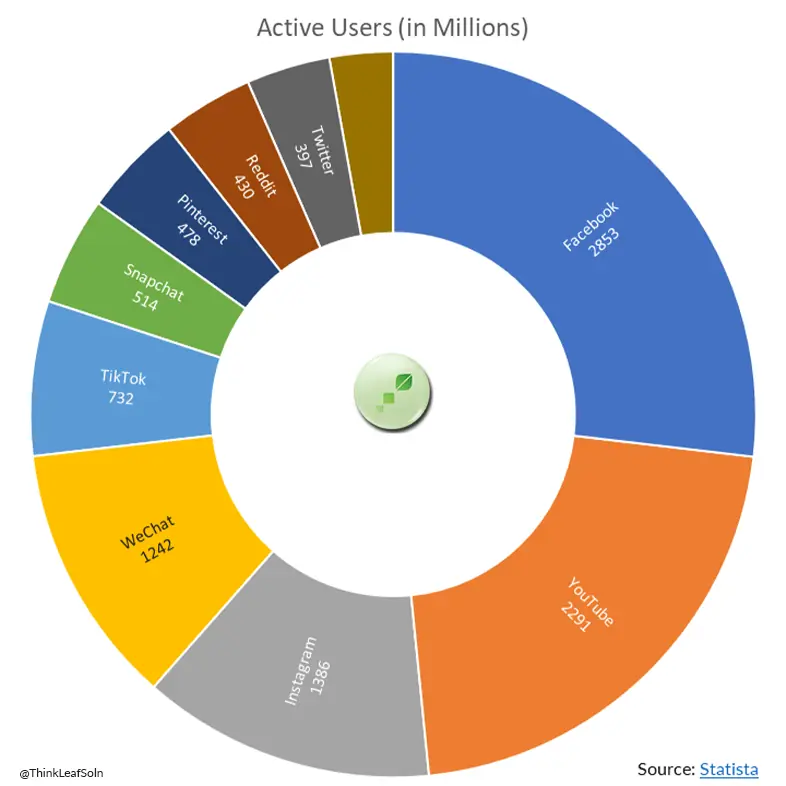
2. Easily available resources
As mentioned above new resources were created for content creators. First, these resources were available at a price tag with a one-time payment. You could use this resource several times without any further cost. Later on, the subscription economy came in. Tools were now available on a subscription model.
When the tools were available as services on a subscription basis the creator economy saw a boom. Instead of paying $100-$200 for a license, you could now use it as a service by paying as much less as $5-$10 per month. The subscription model gave content creators a new way to create content at a much lower price.
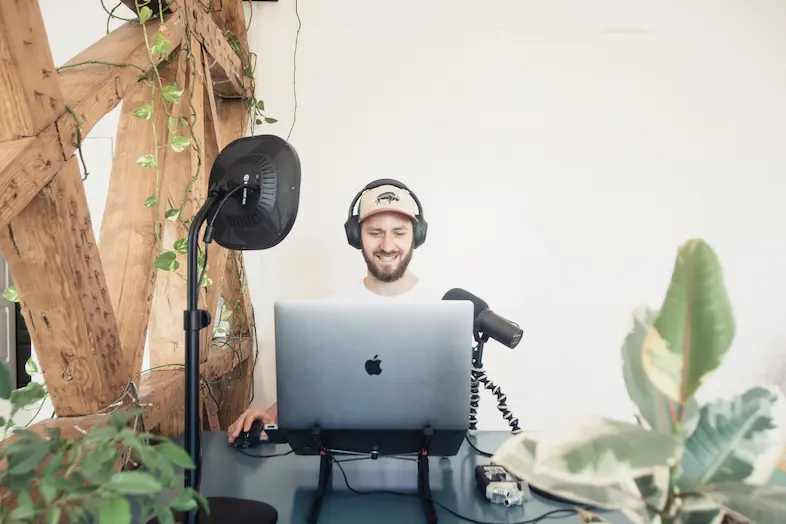
The availability of tools at low prices helped the creators to create content in numbers. Creators did not go ahead earlier due to the high cost of tools now started creating content. With the subscription model, content creators and the company making the tools profited.
3. Different avenues to earn money
New services targeting new ways to earn money were developed. With these services, content creators could now earn and receive the funds.
Payment gateways were developed targeting content creators. These payment gateways allowed content creators to receive funds without any other intermediary.
Applications developed by different companies to host content. Platforms such as Medium.com came up to boost writers and authors. It helped them make revenue out of their writing. Companies such as Amazon and Apple launched online libraries. This helped authors make more revenue in the global market. Platforms such as Etsy came up to cater to artists and crafts.
Events were even launched to promote content creators. This led to greater exposure and in turn to a bigger audience. Content creators could encash their audience by providing specific services.
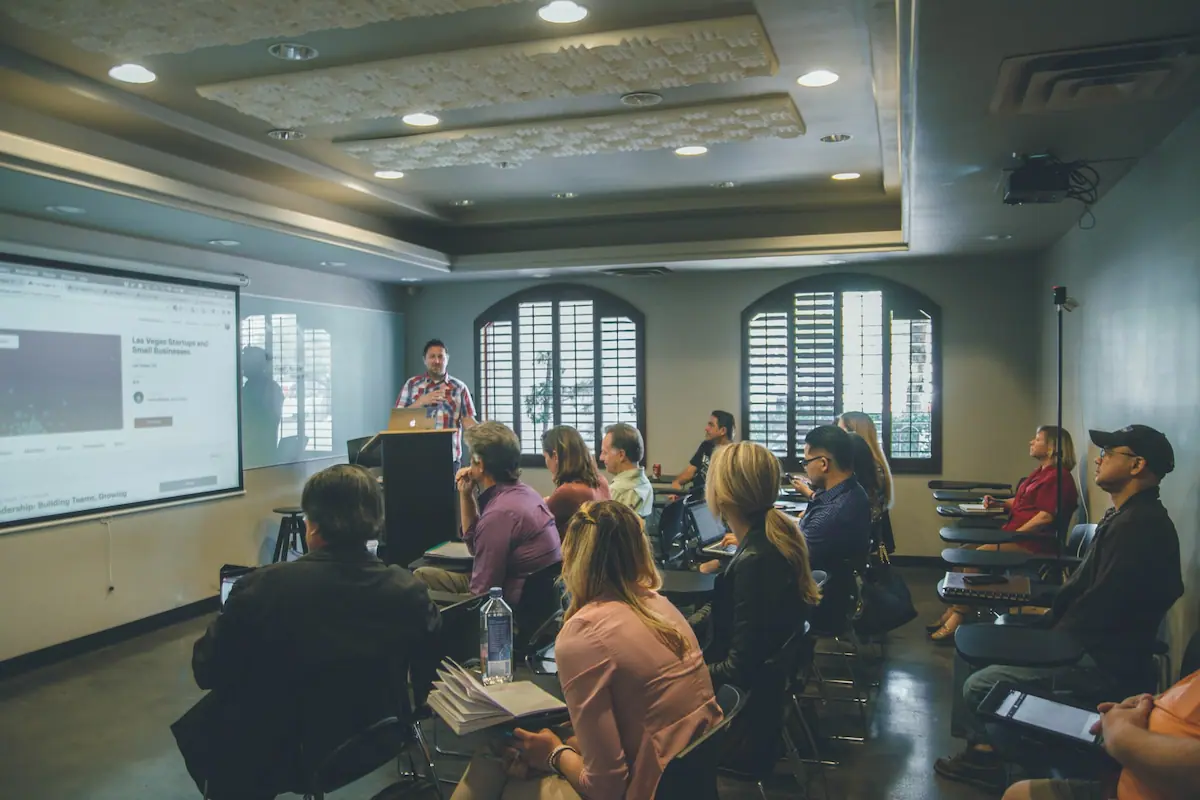
4. Exposure to new environments
With the internet booming, the audience of content creators also grew. It was not limited to their home country or local city. YouTubers and Bloggers gained an audience around the world. Thus, the reach of content creators became global from local.
The Next Gold Rush
The creator economy can be the next gold rush of this century. With new technologies, new platforms and tools - to create content - you can have a global presence. You can become a content creator in a few minutes.
You can share your content with the world through social media platforms. So what does this mean for the content creator and others? We explore this below.
The effects of the creator economy on the content creator
The content creator has managed to carve its own identity. The creator economy provides the base for a creator to make a mark in the world. Being a creator is not an easy job. But when you have a considerable audience that listens to you you can go on to become an influencer.
The content creators have built a new revenue stream apart from their job or business. Many content creators start as individuals on a part-time basis. When they see some traction in the audience they start investing in their side hustle.
Several content creators had experience in their respective fields. They branched out to start on their own. Many YouTubers, bloggers and podcasters built their business on their existing knowledge. Others starting started with what they liked and built upon it.
Some started to have an extra income source. Whereas, others started to grow their existing business or profession. Some took a passion and built a whole new business on it through their YouTube channel on the blog.
The creator's economy has given rise to people who have made more income than they made earlier. Content creators who became influencers have amassed a good amount of money.
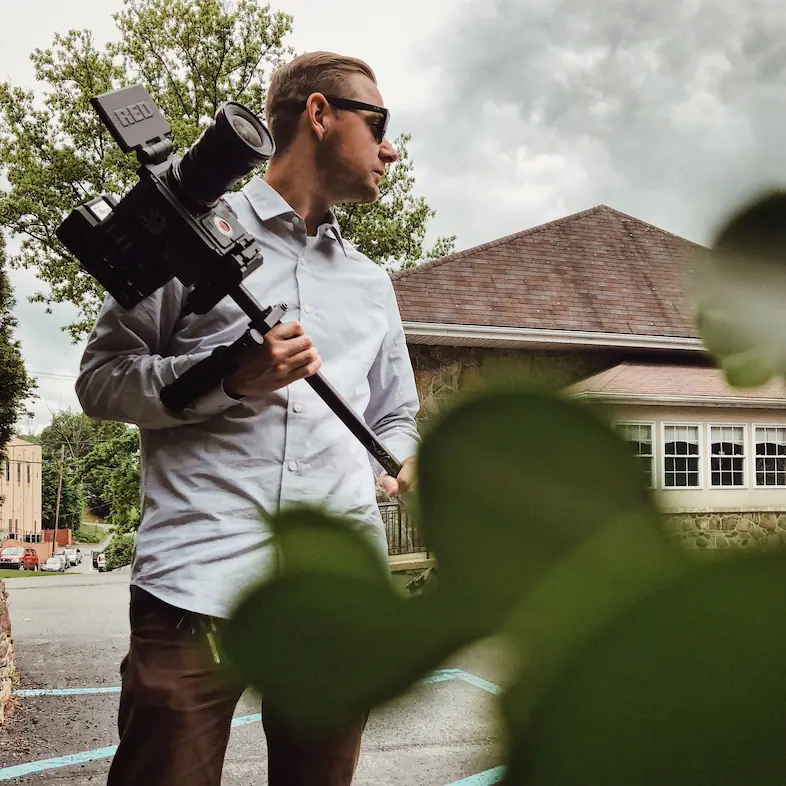
To make money in the creator economy one has to be patient. The creator has to provide relevant content to the audience and monetise it. Some niches are monetisable whereas other niches are not. In case of a niche which is not monetisable then ad revenue or sponsorship can work.
The increase in income of the creators has also led to the creation of better content. Many content creators focus on making better content since they have an assurance of some form of income. In the absence of an income stream content creators also tend to hold back.
The increase in income has also influenced the lifestyle. Some content creators have improved their lifestyles and also diversified in other things.
How to leverage the creator economy?
Leveraging the creator's economy is up to you. You can leverage it either as an entrepreneur or a content creator yourself. Also, you can find out new ways that will help you.
Looking at the trends the best way is to either make tools or produce content. You can develop and sell tools to creators or if you have the passion you can make the content.
From an entrepreneur's point of view, the creator's economy is an opportunity to invest in. Entrepreneurs can build tools that can help the creators to increase their income. They can create resources and provide tools that help them to make better content and earn.

As we have mentioned above it is the next gold rush. In a gold rush, it is not only the miners that make fortunes by digging the gold. Even the people who sell the tools can make money.
The creator economy has started to bloom and there is a long way ahead. This can be an excellent opportunity for entrepreneurs. Companies such as Buffer, Dropbox, Crowdfire, Zapier, Grammarly, etc. have helped content creators with their tools. In turn, they got a good subscriber base and recurring revenue.
Another avenue for entrepreneurs is to consider the content valuable for sale. Some channels have been able to start and scale to millions of subscribers and watch hours. Later they were sold for a hefty amount. Reputed companies like Disney have bought YouTube Channels for a handsome amount.
Challenges for content creators
The sailing is not always smooth for the content creators. They need to be on their toes to keep up with the competition. Their audience is not exclusive to them. Hence it is imperative that in this out new and great content.
We take a look at the challenges faced by content creators.
1. Creating a fan base
Every content creator has to woo their audience. Woo not only with the great content but also with their style. Creating a fan base is one of the primary targets for a content creator. A creator is playing a pivotal role. But, the audience is the one that is also a key figure.
A creator is nothing if he does not have an audience. If there is no one to consume their content, the creator has no use creating the content. When a creator creates an audience it can convert it into a fanbase.
If you convert your audience into your fan base, you can monetise it. Fans pay the content creators for their work. But creating a fan base is not easy. You have to be consistent in your role as a creator.
2. Deriving revenue
One of the intentions of a creator is to derive revenue from the work they do. Creators running YouTube channels or blogs direct their audience to their professional services.
Creators start on their own. They invest their most precious resource - time. They expect that down the line their work will get recognised. They hope to receive income.
Creators running paid newsletters and offering services make money. If the creators are unable to make any revenue then stop their work.
Though creating a revenue stream is not the primary target it is one of the targets that must be fulfilled. Content creators who cannot monetise their work earn through ads and paid sponsorships.
Depending on the niche and segment you’re working in as a content creator the revenue source will differ.
3. Creating sustainable content
Content creators burn out after creating a certain unlimited amount of content. Content creators need to be creative. They need to produce content at regular intervals to hold onto their audience.
The audience and the fanbase also crave new content from the content creators. If a content creator doesn't create content consistently they cannot survive. Very few niches have evergreen content – the content that can be relevant for the future. Evergreen content is that content that is not affected by the passage of time.
Creating content consistently is a challenge for the creators. Relevant quality content is what the audience craves. It is what the creators need to produce. This is a challenge for the creators and will remain one.
4. Social Image & Society
Creators in many countries do not have the same reputation as celebrities. People in many countries and societies fail to understand that being a creator is a profession. Full-time creators making good money are still considered people with different thoughts. This has been the scenario in many places.
Countries like the US & the UK have recognised creators. Many more countries are looking towards creators with respect. With the spread of information and changing times, creators are getting their due recognition. The pandemic of 2020 has also helped to push for their recognition.
When asked about their future roles, children have stated that they want to become YouTubers and influencers. Many children now look at YouTubers and Bloggers as someone they want to emulate. In the coming decade, we shall see the creators as professionals.
Post-Pandemic Scenario of Creator Economy
The pandemic saw a surge in the number of new content creators. Why and how these content creators came into being is what we explore ahead.
The rise of creators during the pandemic
The imposed lockdowns around the globe made a lot of people think. People postponing the start of their new venture or creative works could now start. People postponed their intentions due to a lack of time. The lockdown gave them much to think about and time to start.
People were sitting at home doing nothing. Businesses came to a halt and incomes hit. Depending on where you live, the impact on your income varies. In countries where government support for income was absent people started creating content.

People explored their passion and what they loved by starting as a creators. With minimum knowledge, many people started their own YouTube channels. They explored their creativity and present it to the world. Some having a flair for writing took to blogs. Some started podcasts.
The pandemic added many new content creators to the creator economy. One of the major concerns for them was the reduction of income from their existing sources. Their main aim was to earn money from what they gave out in the world. Though this was not easy and many knew that, they still did hop on to the bandwagon.
Depending on the response they received from the audience, the creators took their way. Not all continued. Many made changes to survive and add to their audience.
Loss of work, reduction in incomes and hope about the creators' economy are what pushed people to enter it. It is still too early to say how many have succeeded in creating an income source. An income source is at least equal to their primary income source.
Varied content for the public
New content creators during the pandemic also served as a boon to the audience. People consuming the content had more options from a new breed of content creators. We saw many people putting out great content which did not exist earlier. The constant urge for new content was satisfied during the pandemic.
Impact on creator tools companies
Since many people turned to the creator economy it was natural to see an influx in the number of users of tools. Tools used by content creators saw a sharp increase in the number of signups. Though this might have not given significant revenue in the mid-to-long term still it boosted the signups.

Survival of the fittest
The number of content creators might have increased yet the content is the king. The number of content creators does not matter. Content is what the audience craves. If you as a content creator provide great content and value to your audience you will survive and progress.
In the absence of great content, you cannot survive. Dishing out relevant and good content for your audience is required to stay in the game. We have seen many people who start out but then the enthusiasm dies down. Consistency in creating content is key.
To survive as a content creator you need to have great content created regularly, consistently and for your audience. It is thus the survival of the fittest.
Are creators the next founders?
The creators are creating not only a simple blog or a YouTube channel to support them with an income source. They are creating an entrepreneurial journey too. With an entrepreneurial attitude, the creators are creating value.
Each success of a creator brings many things. A creator who has grown offers jobs and provides opportunities to other people. A creator is running an organisation supported by many individuals.
For example, a YouTube channel requires videographers, technicians, writers and digital professionals. This provides employment opportunities and in turn, is good for the economy.
The creator economy in the future will be one of the sectors that will be pushing the country‘s economy. Many creators have gone on to establish businesses. With their brand gaining recognition creators have launched product lines.
With the launch of such businesses, it has only added to more people benefiting. Creators are not only creating content but also creating businesses. Content creation is a way of generating revenue.
Creators are lured into creating content hoping to generate revenue in the future. The creators do work for recognition, the ultimate goal is to create revenue sources for them. Many creators have started and sustained their businesses. Even some have sold their creators of business – such as blogs and YouTube channels – to other people.
With the advent of new tools, the proliferation of the internet and exposure the future will have more creators coming up and creating more businesses.
Conclusion
You can start your creator journey today itself. Becoming a creator can be a fulfilling experience. But do not start with the sole intention of making money. Money comes later in this journey of a content creator.
Content creation is a continuous task. The activity of content creation itself should be enjoyable if you want to be a creator. Recognition, fame and money come but at different intervals for different people. If you are looking to have the money then this might not be for you.
If you are still unsure of whether you should be a content creator then take your time and think about it. Many people have started later and have succeeded too. Content creation is not an event it is a process. And being a content creator – a part of the creator’s economy – is a journey, not an event.
You can connect with us for any insights and help to start with your journey. We have helped quite a few people. We at Think Leaf Solutions can help you too. Ping us, DM us or drop us an email.
